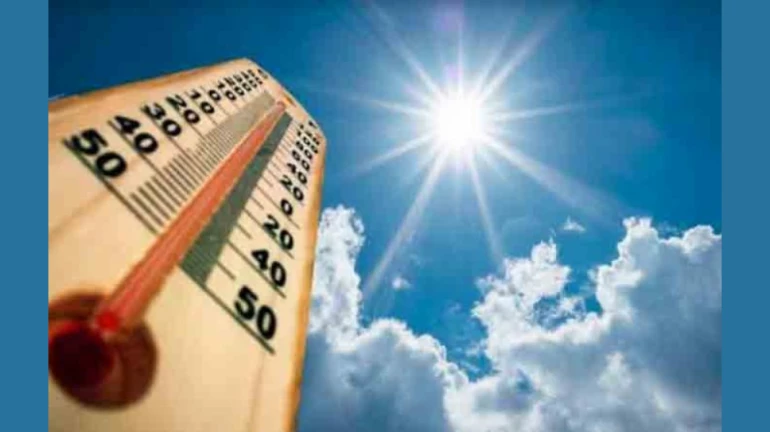
A new study by the Council on Energy, Environment and Water (CEEW) has found that nearly 57% of Indian districts are facing high to very high heat risk. Maharashtra is among the ten states facing the most heat stress. This means that at least 417 out of 734 districts are affected. These areas are home to almost 76% of India’s population.
The report was released on Tuesday, May 20. It looked at the heat risk across India using 35 indicators. These included both day and night temperatures, along with humidity. The study examined the changes in heat from 1982 to 2022. The name of the report is "How Extreme Heat is Impacting India: Assessing District-level Heat Risk."
As per the report, Mumbai had the largest rise in temperature. The city recorded 15 more very warm nights per summer in the last ten years compared to earlier decades. Other cities also showed increases. Bengaluru had 11 more warm nights. Jaipur had 7. Delhi had 6. Chennai had 4.
Experts say the main reason is the urban heat island effect. This happens when cities trap heat during the day. As a result, nights do not cool down enough. Warmer nights can cause health problems. They make it hard for the body to recover from hot days. This increases the risk of heat stroke. It also affects people with conditions like diabetes and high blood pressure.
The report says that women, children, elderly people, and poor communities are most at risk. The study also noted a 10% rise in humidity levels in North India and the Indo-Gangetic plain over the last ten years. This puts farm workers in danger. They spend many hours outside and face more heat stress.
The report suggests updating Heat Action Plans (HAPs). It says these plans should also measure nighttime heat and humidity. They should be reviewed often using local data. In the past ten years, only 28% of districts saw more very warm days. In contrast, over 70% of districts saw at least five more very warm nights during summer months from March to June.





